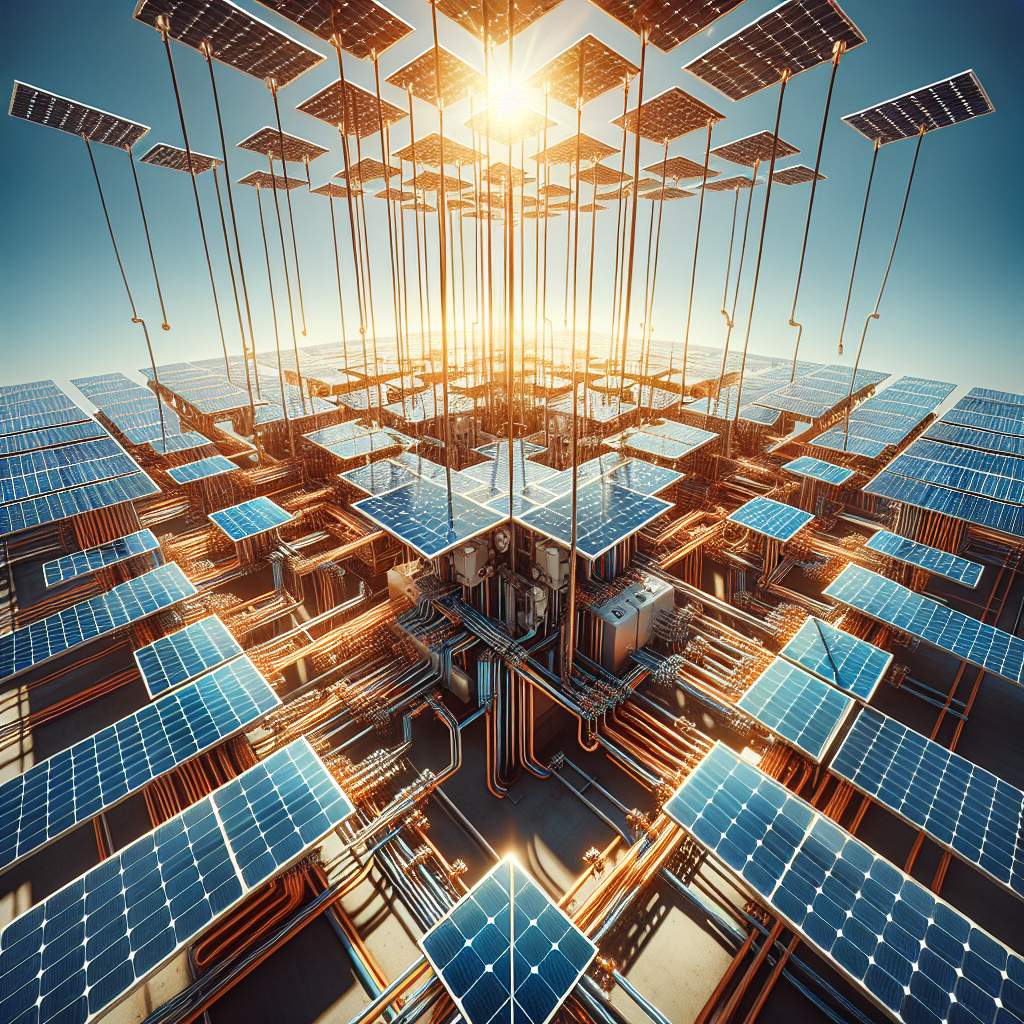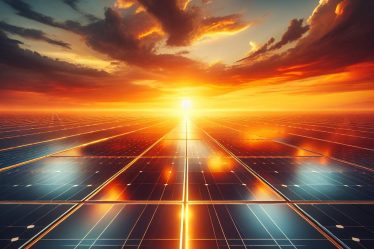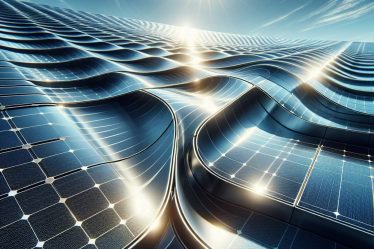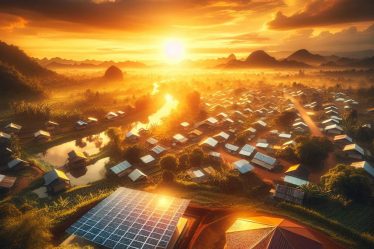
Hey there, sunshine seekers! Ever wonder how those shiny solar panels on rooftops work their magic? Well, buckle up because we’re about to take a deep dive into the world of solar power systems. From harnessing the sun’s energy to storing it for a rainy day, we’ll cover it all. So, grab your shades and get ready to soak in some serious knowledge about solar power systems. We’ll shed light on everything from inverters to batteries and even dish out some juicy details on financial incentives and future prospects. It’s time to demystify the science behind those gleaming panels!
Introduction to solar power systems
Hey there! So, you’re thinking about diving into the world of solar power systems? Awesome choice! These nifty setups harness the sun’s energy to generate electricity for homes and businesses. Here’s the lowdown on how they work.
First off, solar panels are the MVPs of the system. These bad boys soak up sunlight and convert it into direct current (DC) electricity. But hold up – our appliances run on alternating current (AC), right? That’s where inverters come in. They transform DC into AC so we can power up our gadgets hassle-free.
Now, let’s talk about net metering. This clever setup allows excess solar energy to be fed back into the grid, earning you credits from your utility company. Plus, with battery storage becoming more popular, you can store surplus energy for a rainy day. How cool is that? So, there you have it – a brief intro to solar power systems!
Solar panels and their function
Solar panels are like superheroes, turning sunlight into electricity. Made up of photovoltaic cells, they work by capturing the sun’s rays and causing electrons to flow, creating a direct current (DC). Then comes the inverter, which acts like a translator, converting DC into alternating current (AC) – the type of electricity used in homes and businesses. This energy can power anything from lights to appliances to entire buildings. Plus, solar panels don’t need direct sunlight all the time; they can still generate electricity on cloudy days – pretty cool, right?
The beauty of solar panels lies in their simplicity and efficiency. They silently soak up sunlight during the day and convert it into clean energy that can be used straight away or stored for later use. By harnessing the power of the sun, we reduce our reliance on nonrenewable resources and cut down on harmful emissions – it’s like giving Mother Nature a high five! So not only do solar panels save money on electricity bills in the long run, but they also help protect our planet for future generations – talk about a win-win situation!
Inverter and its role in solar power systems
In a solar power system, the inverter plays a crucial role in turning the sun’s energy into electricity we can use. It acts like a language translator, changing the direct current (DC) power generated by solar panels into alternating current (AC) power that powers our homes and gadgets. Essentially, it takes the raw solar energy and makes it usable for all your everyday needs.
Without an inverter, we wouldn’t be able to harness the sun’s energy effectively. It’s like having a fancy cake mix but no oven to bake it! The inverter is what makes solar power practical for our daily lives – powering everything from lights to appliances with clean, renewable energy. So, next time you turn on a light or charge your phone using solar power, remember to thank the humble inverter for making it all possible!
Batteries and energy storage
When it comes to solar power systems, batteries and energy storage play a crucial role. They help in storing excess energy generated by the sun during the day, which can be used later when the sun isn’t shining. This is super handy for powering your home or business at night or on cloudy days.
One cool thing about energy storage is that it can also provide backup power during outages, keeping your lights on and devices charged. With advancements in technology, there are now various types of batteries available, such as lithium-ion and lead-acid batteries, each with its own pros and cons. These batteries not only store energy from your solar panels but can also integrate with the grid to support overall stability.
As solar power becomes more popular, the demand for reliable energy storage solutions continues to grow.
Grid connection and net metering

When you’ve got your solar power system up and running, connecting it to the grid can be a game changer. This means that any excess energy your panels generate can be fed back into the grid for others to use. Plus, with net metering, you can get credits for the surplus electricity you contribute, potentially lowering your bills even further. It’s like a two-way street where you give and take from the power grid, making it a win-win situation for both you and your community.
The process of getting connected involves some paperwork and coordination with your utility company, but once it’s set up, you’ll enjoy the benefits of seamless energy supply. Net metering allows you to make the most out of your solar investment while contributing to a more sustainable energy future.
Monitoring and maintenance of solar power systems
Once your solar power system is up and running, regular monitoring and maintenance are key to keeping it in top shape. Monitoring helps you keep an eye on how much energy your system is producing, while maintenance ensures that everything stays in good working order. It’s like giving your car a regular check-up to keep it running smoothly.
Monitoring involves keeping track of your system’s performance over time. This can be done using specialized software or through the use of monitoring equipment installed as part of the system itself. As for maintenance, this includes things like cleaning the solar panels to ensure maximum sunlight absorption, checking for any signs of wear and tear, and making sure all connections are secure.
By staying on top of monitoring and maintenance, you can catch any issues early on and ensure that your solar power system continues to operate efficiently for years to come.
Environmental benefits of solar power
Solar power systems offer a range of environmental benefits that make them an attractive renewable energy option. One major advantage is their ability to reduce greenhouse gas emissions, which helps combat climate change. Harnessing the power of the sun produces electricity without releasing harmful pollutants into the atmosphere, unlike traditional fossil fuel-based energy sources.
Solar panels require minimal water for maintenance and operation compared to other forms of electricity generation, making them more sustainable in water-stressed regions. This can help alleviate pressure on local water resources and contribute to overall water conservation efforts.
In addition, by generating clean electricity from sunlight, solar power systems play a crucial role in reducing air pollution. This has positive impacts on human health by lowering instances of respiratory illnesses and other related health issues caused by air pollution.
The use of solar power also contributes to the preservation of natural habitats and ecosystems by decreasing the demand for land use associated with conventional energy production methods such as mining and drilling operations. This helps protect wildlife and biodiversity while promoting environmental sustainability.
Financial incentives for solar installations
Looking to go solar but worried about the costs? Well, there’s good news! Many countries offer financial incentives to help make solar installations more affordable. One popular incentive is the Solar Investment Tax Credit (ITC) which allows you to deduct a portion of your solar system costs from your federal taxes. Additionally, some states and local governments provide rebates or grants for installing solar panels. These incentives can significantly reduce the upfront expenses of going solar and make it a smart investment in both the short and long term.
In addition to government incentives, some utility companies offer net metering programs that allow you to sell excess electricity generated by your solar panels back to the grid, earning credits on your energy bill. Some areas also have performance-based incentives where you receive payments based on the amount of clean energy your system produces. With these financial benefits, going solar becomes not only an eco-friendly choice but also a financially savvy one. So before dismissing solar power as too expensive, check out what financial incentives may be available in your area – you might be pleasantly surprised!
It’s important to note that financial incentives for solar installations can vary widely depending on where you live. Before making any decisions, it’s crucial to research what specific incentives are available in your area and consult with a qualified installer who can guide you through the process. By taking advantage of these opportunities, you can make sustainable choices that benefit both the environment and your wallet!
Future prospects of solar power technology
The future of *solar power technology* looks bright, with advancements in photovoltaic cells and energy storage systems paving the way for more efficient and cost-effective solar panels. These improvements are driving down the overall cost of solar power, making it a viable option for more people around the world. Additionally, innovative technologies such as thin-film solar panels and concentrated solar power systems show great promise in further boosting the efficiency and affordability of solar energy.
As we look ahead, it’s clear that solar power will play a crucial role in meeting our growing energy needs while reducing our reliance on fossil fuels. With ongoing research and development efforts, we can expect to see even greater breakthroughs in solar technology, making it an increasingly attractive option for homeowners and businesses alike. The future prospects of *solar power technology* are not only promising but essential in creating a more sustainable and environmentally friendly energy landscape.
The future of *solar power technology* is full of potential, with continuous innovations driving down costs and improving efficiency.
Common Questions
1. How do solar power systems work?
Solar power systems work by capturing sunlight using photovoltaic cells, which convert the sunlight into direct current (DC) electricity. This electricity is then converted into alternating current (AC) electricity using inverters, making it suitable for use in homes and businesses.
2. What are the key components of a solar power system?
The key components of a solar power system include solar panels, mounting racks, inverters, batteries (for off-grid systems), and a monitoring system. Solar panels are made up of many photovoltaic cells that generate electricity when exposed to sunlight.
3. How can solar power systems benefit homeowners and the environment?
Solar power systems can benefit homeowners by reducing electricity bills, providing energy independence, and increasing property value. From an environmental standpoint, they help reduce greenhouse gas emissions and reliance on fossil fuels, contributing to a cleaner and more sustainable energy future.



